Marsquakes! hint the planet might be volcanically active after all
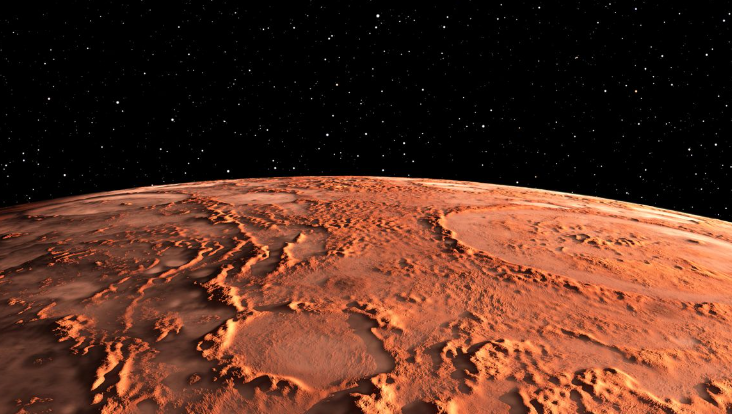
Mars might be, geologically speaking, not quite dead. Researchers have analyzed a series of recent tremors on the Red Planet and have shown that these Marsquakes are likely caused by magma moving deep below the Martian surface Since landing on Mars four years ago, NASA’s InSight lander has detected more than 1,000 Marsquakes, its seismometer records seismic waves, which reveal information about the size and location of an earthquake.
Previous studies have determined that several Marsquakes originated from a strip of Martian terrain known as Cerberus Fossae. This particularly fault-plagued region is more than 1,000 kilometers from the InSight lander, but most of the Marsquakes linked to Cerberus Fossae have so far been quite familiar, their seismic waves, which are low-frequency, the which are much more like what we see in an earthquake.
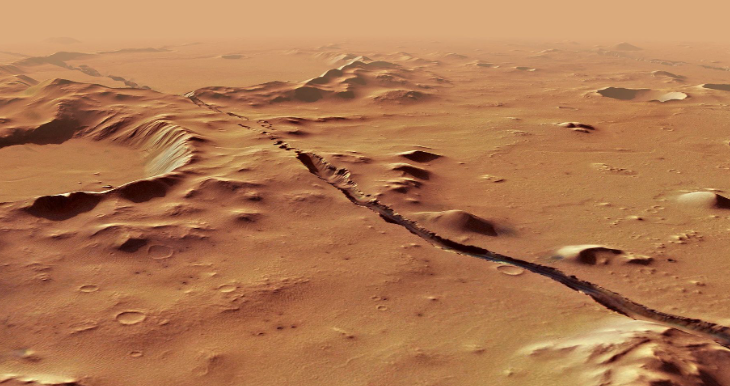
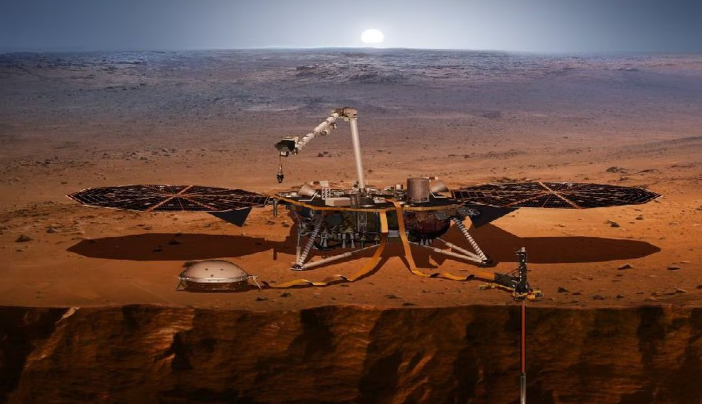
The fact that different types of Marsquakes are all concentrated in one region is a surprise, as previous research has suggested that the Marsquakes could be due to the cooling and shrinking of the surface of Mars over time. That process, which occurs on the moon, would produce evenly distributed tremors across the planet, and by comparing the seismic waves that InSight measured with seismic waves produced in different regions of our own planet, the researchers further showed that low-frequency Marsquakes probably they are produced by magma moving several tens of kilometers below the surface of Mars.
Rather than being a geologically dead planet, as some have suggested, Mars could be a surprisingly dynamic place, the researchers conclude. This find rewrites our understanding of Mars and there is still much more to learn about our celestial neighbor.
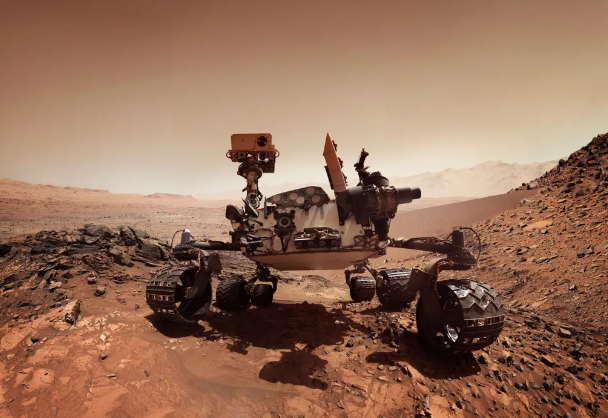
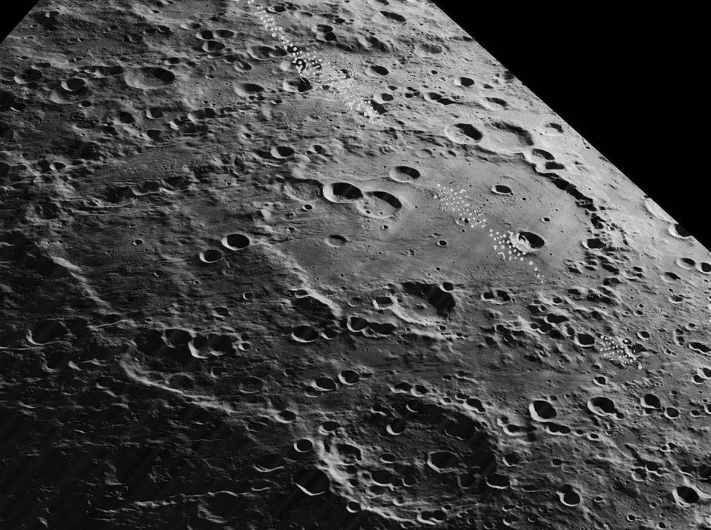
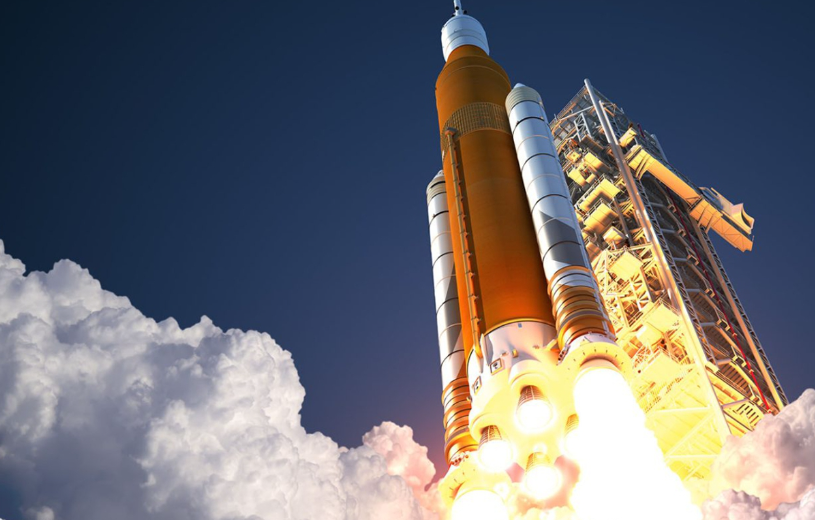
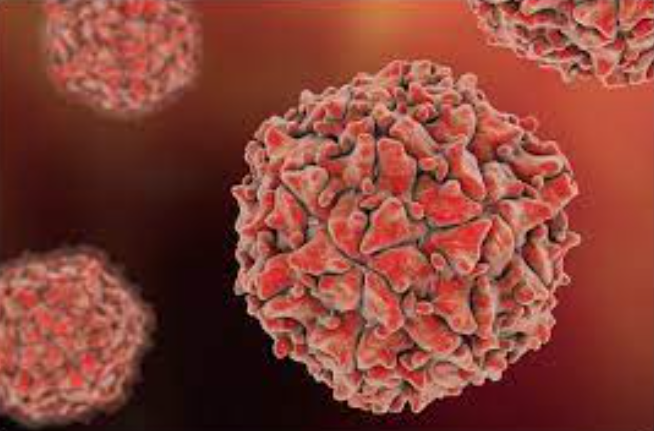
Responses